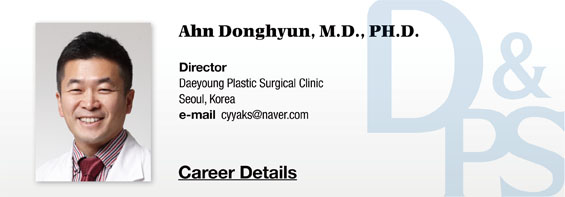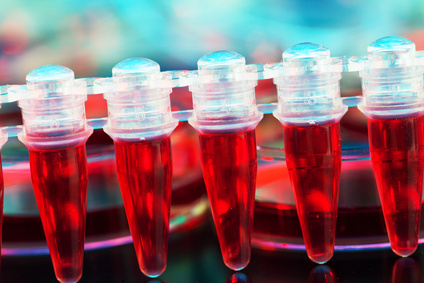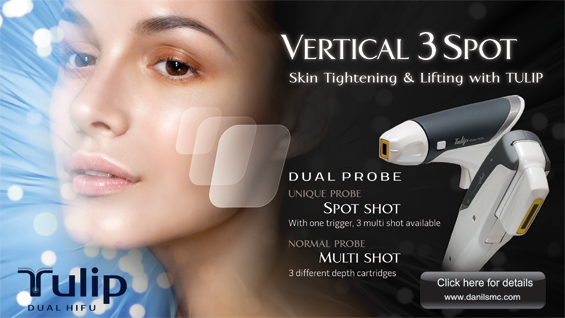
Platelet-Rich Plasma (PRP)
PRP is the liquid substance isolated from red blood cells through centrifugation of whole blood. PRP contains at least 1 million platelets or a 2-6 times higher platelet count compared to that of whole blood. It also contains white blood cells, mesenchymal stem cells, water, electrolytes, enzymes, hormones, antibodies, and nutrients (vitamins, proteins, fat, and glucose), etc. Aesthetic treatments using autologous PRP (A-PRP) is based on the physiological effect of platelet activation on wound healing.
Clinical application and history of PRP
Since the 1990s, PRP has been successfully applied in clinical medicine. PRP was initially used in facial surgery to promote wound healing (dental implants, upper nasal cavity). It became popular as the fibrin glue in the fields of cardiac surgery, orthopedics, and plastic surgery. It also began to be used in skin graft in dermatology (chronic wound care, diabetic foot ulcer).

Image 1. PRP is the liquid substance isolated from red blood cells through centrifugation of whole blood.
Application of PRP to aesthetic dermatology
According to the study Autologous PRP Injection for Comprehensive Facial Rejuvenation, aesthetic dermatological treatments using PRP include the following:
1. Skin rejuvenation and improved elasticity: Intradermal injection for improving fine wrinkles and lines (regeneration of fibroblasts, collagenesis).
2. Facial volume enhancement: intradermal injection (collagenesis), subcutaneous injection (adipocyte proliferation).
3. Acne and scar: intradermal injection (collagenesis), subcutaneous injection (adipocyte proliferation).
4. Striae distensae: intradermal injection (collagenesis).
[Advertisement] Tulip(Skin Tightening & Lifting) – Manufacturer: DANIL SMC(www.danilsmc.com)
-To be continued-




















